
A proliferation of tests exists for the assessment of auditory-verbal memory processes. However, from a clinical practice perspective, the situation is less clear when it comes to the ready availability of reliable and valid tests for the evaluation of visual/visuo-spatial memory processes.
While, at face value, there appear to be a wide range of available tests of visual/visuo-spatial memory, utilizing different types of materials and assessment strategies, a number of criticisms have been, and arguably should be, leveled at the majority of these tests.
The criticisms that have been directed toward what are typically considered to be visual/visuo-spatial memory tests, such as (1) the potential for verbal mediation, (2) over-abstraction of stimuli, (3) the requirement of a drawing response, and (4) the lack of sensitivity to unilateral brain lesions, mean that, in reality, the number of readily available valid tests of visual/visuo-spatial memory is, at best, limited.
This article offers a critical, historical review on the existing measures and resources for the neuropsychological assessment of visual/visuo-spatial memory, and it showcases some examples of newer tests that have aimed to overcome the challenges of assessing these important aspects of memory.
The article also identifies new trends and examples of how technological advances such as virtual reality may add value to overcome previous obstacles to assessment, thereby offering professionals more reliable, accurate means to evaluate visual/visuo-spatial memory in clinical practice.
…
«The relevance of virtual reality for visual/ visuospatial memory assessment Virtual reality (VR) offers a potentially interesting alternative for the assessment of many cognitive processes. VR reproduces 3-D environments in which the person undergoing assessment interacts in a dynamic way with a sense of immersion in that environment similar to the presence and an exposure to a real environment (Diaz-Orueta et al., 2014). Although development of VR technology was initially modest and costs were high (Tarr and Warren, 2002), VR technologies are now readily accessible for use in research and clinical contexts. As Smith (2019) points out, VR allows researchers to strike a balance between ecological validity and an adequate amount of experimental control and can potentially enhance both the verisimilitude (how well as task simulates a real-life situation) and veridicality (how well the results reflect the issue at hand) of a task. In order to be considered VR, one must be able to interact with the environment in real time, with as little delay as possible between the user’s action and the response of the environment. One of the main features of VR is immersion. According to Tijs (2006), immersion can be roughly defined as the extent to which a player is “into” the virtual environment, and it can comprise different dimensions such as emotional involvement, curiosity, spatial dissociation (transportation), temporal» (Diaz-Orueta, 2022, p. 22)
(…)
«Finally, one of the most recent developments in relation to neuropsychological testing of visual memory using Virtual Reality is Nesplora Suite.1 The virtual environment is a furniture store, in which the test taker must group different furniture items according to certain conditions so that they are packed and shipped. A voiceover indicates the furniture that you must pack, and the respondent has to point and click on them. They warn us that there are different groups (categories) of people and each one wants lists of between four and six different types of furniture (Figure 2). In the second task, labelled as source memory task, the user is then shown eight different pieces of furniture or groups of pieces of furniture (e.g., two beds) that have been requested during the previous task, and must decide which group or family have requested them. Only pieces of furniture requested by one single family are presented, and in many cases, they are distinctive elements (e.g., who has asked for two beds? Who has asked for one desk?, etc.). The test reportedly provides measures of the learning curve, immediate and long-term memory, both auditory and visual memory, recognition, prospective memory, primacy and recency effects, and simulation of memory problems. Preliminary access to unpublished data suggests that the source memory task facilitates encoding and storage of items processed in the first visual memory task, and that names given to specific furniture are irrelevant for visual memory performance, which may open the door for the assessment of visual memory in individuals with language problems (i.e., aphasia) that may not rely on verbal cues for the processing of visual items. The updated normative as well as clinical studies for the test are currently in preparation and will» (Diaz-Orueta, 2022, p. 23) «show whether this VR-based test can constitute a feasible alternative for a more accurate, ecologically valid neuropsychological assessment of visual memory processes.» (Diaz-Orueta, 2022, p. 24)»
Front. Psychol., 23 August 2022 Sec. Neuropsychology
https://www.frontiersin.org/articles/10.3389/fpsyg.2022.962025/full

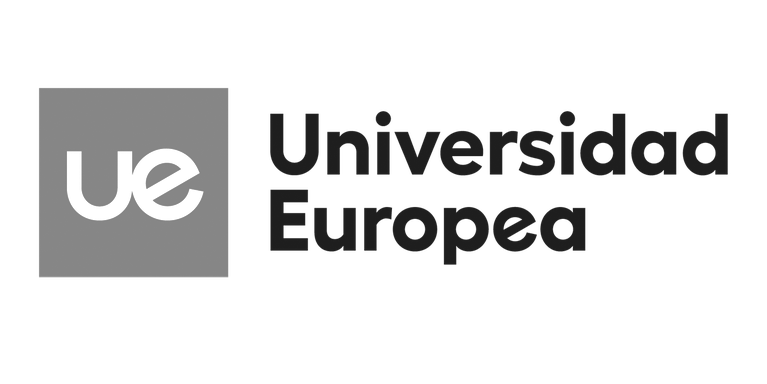


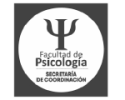

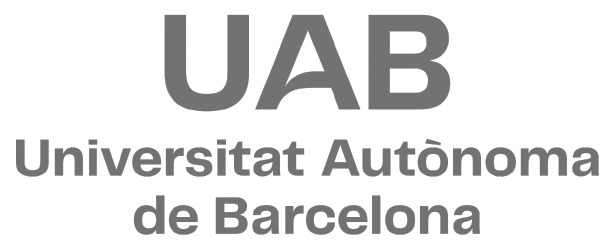

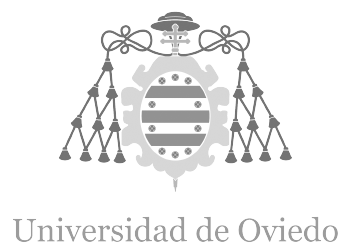
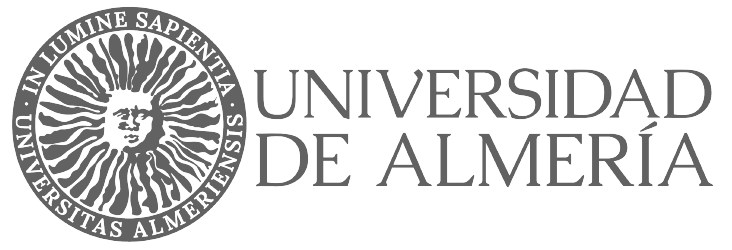
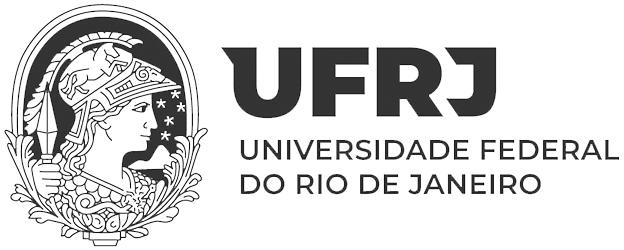
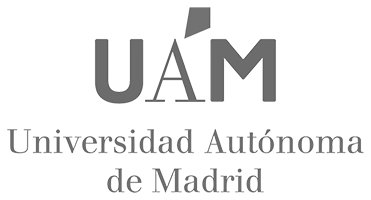
Este proyecto ha recibido financiación de la Unión Europea del programa de investigación e innovación
Horizon 2020 bajo el acuerdo Nº 733901
© 2025 Nesplora S.L.
New Nesplora online application
Nesplora
desktop application
New Nesplora online application
Nesplora
desktop application